7 Creative Ways to Teach Children High-Frequency Words
February 2, 2024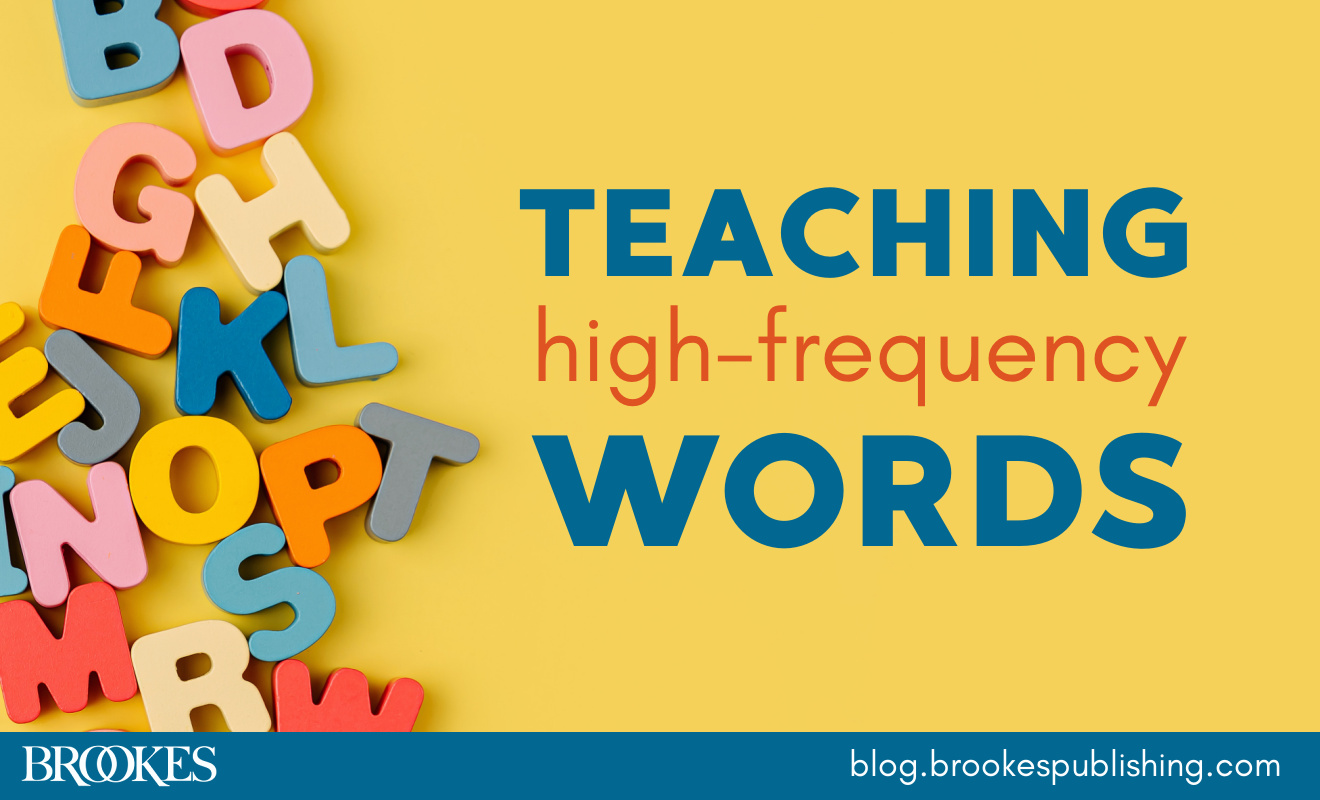
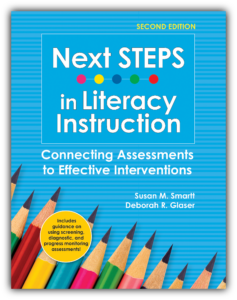 High-frequency words—words that occur often in text—are important for your students to learn to read quickly and accurately. But as authors Susan Smartt and Deborah Glaser note, “simply using flashcards and drills alone to teach high-frequency words will not create the automatic accurate retrieval our students need.” Excerpted from Smartt & Glaser’s book Next STEPS in Literacy Instruction, Second Edition, the fun activities in this post are great ways to give learners multiple exposures to high-frequency words so they can read them with automaticity.
High-frequency words—words that occur often in text—are important for your students to learn to read quickly and accurately. But as authors Susan Smartt and Deborah Glaser note, “simply using flashcards and drills alone to teach high-frequency words will not create the automatic accurate retrieval our students need.” Excerpted from Smartt & Glaser’s book Next STEPS in Literacy Instruction, Second Edition, the fun activities in this post are great ways to give learners multiple exposures to high-frequency words so they can read them with automaticity.
Rainbow Writing
Each student will need folded paper and crayons. Depending on the age of the student, write the high-frequency word or have the student write the word on the paper with a dark crayon providing a dark visual. Fold the paper over the word so it will ghost through the paper. Have the student trace while saying the letters and then the whole word. Repeat several times, each time with a different color to achieve the rainbow effect!
Salt Box
Line a shallow box or tray with bright paper and pour a thin layer of salt on top. Students can use their index finger to write letters and words while saying the sounds or letter names. Gentle back-and-forth shaking “erases” so the students can write the word again.
Wikki Stix
Students enjoy using these waxy pipe cleaners to bend and form letters, trace raised shapes, and say sounds or letter names to learn high-frequency words. Limit this activity to early learning. Provide sentences and decodables for students to practice reading the words in context.
Touch Arm and Spell
Have students begin at the shoulder, moving down to their wrist and hand, then tapping with the other hand as words are spelled and blended. Provide visual of the word and use the word in sentences throughout the activity.
Raised Letters
Glitter glue is great for creating cards of raised letters for students to trace with their index fingers and say. Have students write high-frequency words on index cards, as well as a sentence using that word on the back of the card. Students can keep their collection in an index card box. Create categories for the words depending on how quickly students read the words (e.g., turtle words, bird words, car words).
Trace and Say
Although this activity has been done during whole-class instruction at students’ desks on paper or on wipe-off boards, it’s also effective in small-group instruction. Ask the students to come up individually and trace over a word written on the board five times. The student says the letters as they trace, then the whole word (e.g., “w–h–a–t, what”). Next, the student erases the word, tries to write from memory, looks at the word on their flashcard to “check” for accuracy, and then writes the word in a sentence. Younger students can copy a sentence the teacher has provided. Students’ high-frequency word list and key sentences can be saved in individual boxes for daily review and practice.
Speed Drills
Speed drills are another way to build automaticity in high-frequency word recognition. Use a grid and include words you have taught recently from your instant word list. Use the new or target words several times for multiple exposures. First, ask the students to read over the page to “practice,” and then let you know when they are ready to be timed. Time the students, record their time, and chart their progress. Students enjoy keeping track of their progress, watching their growth, and earning a reward for their accomplishments! (See Next STEPS in Literacy Instruction for a grid and progress chart you can use with students.)

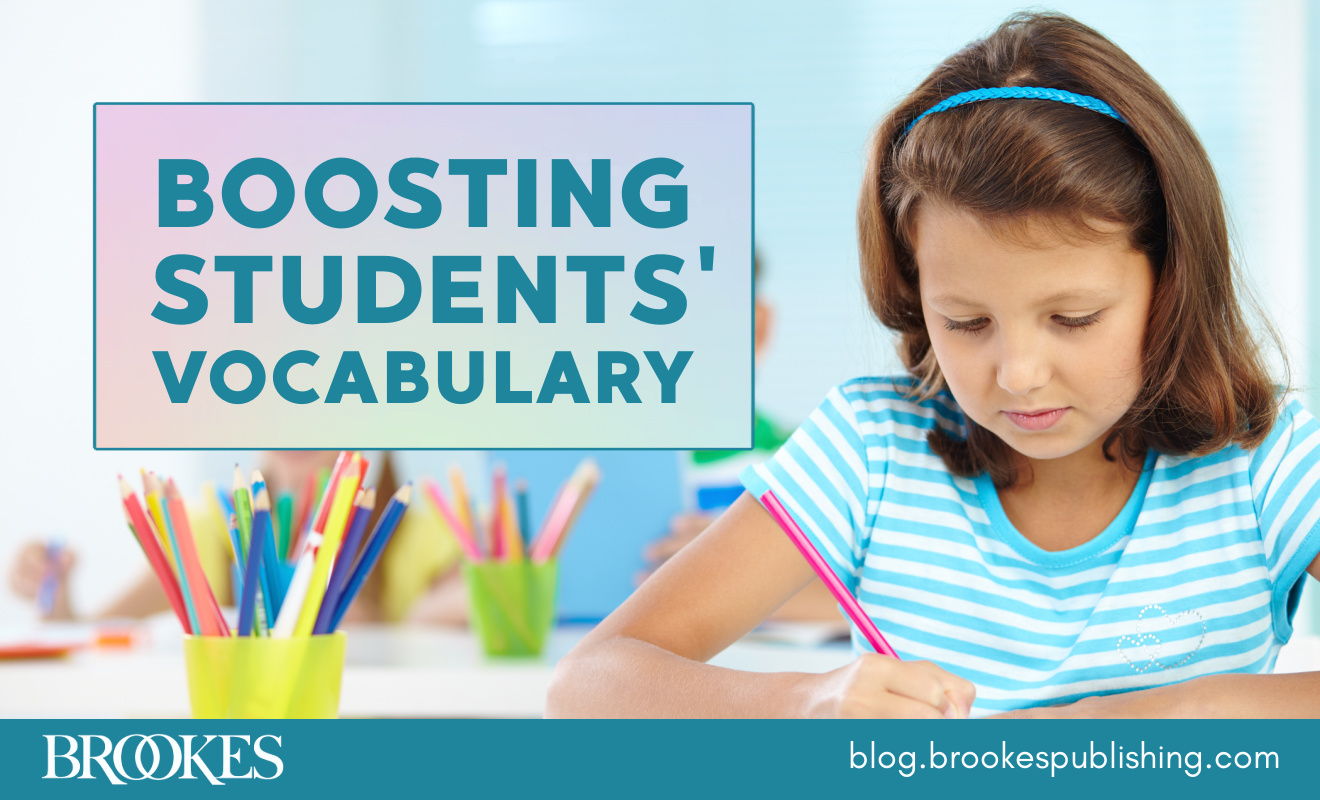
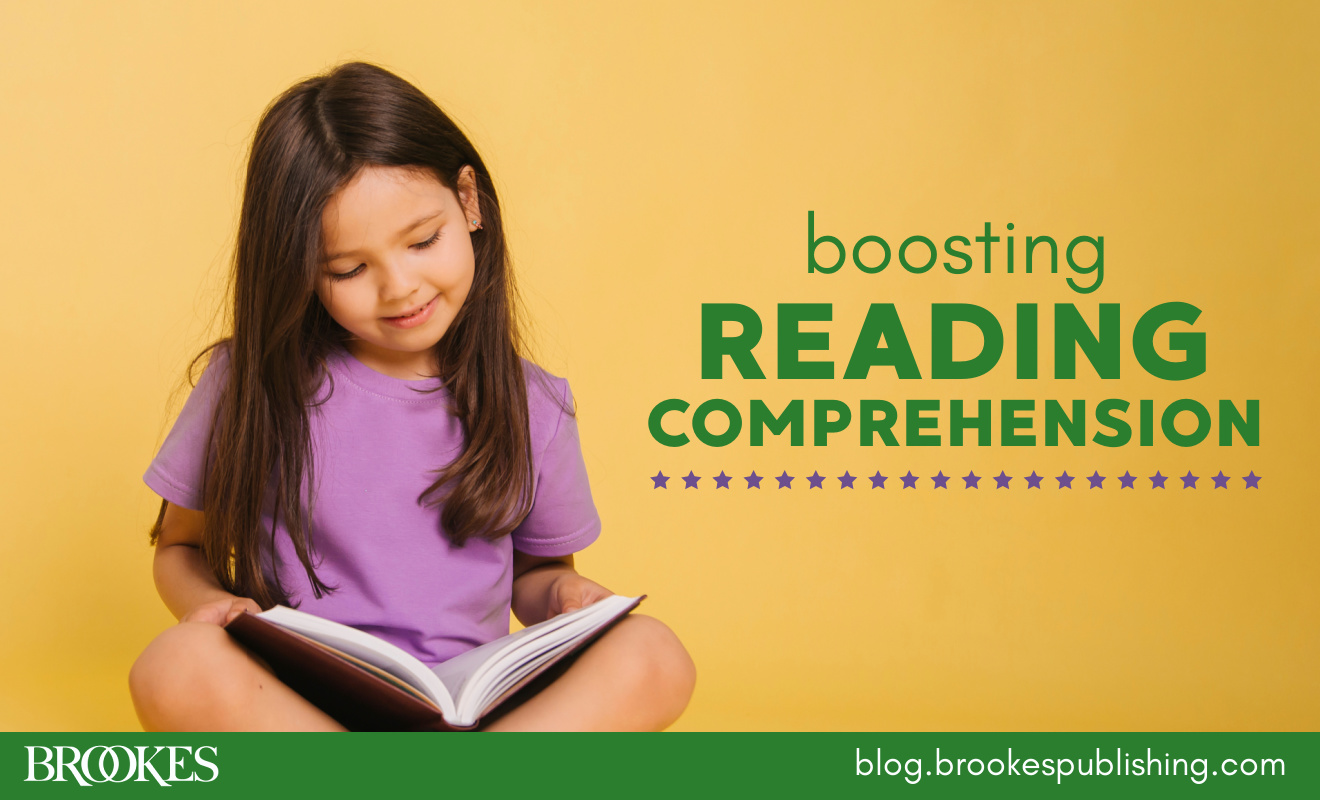
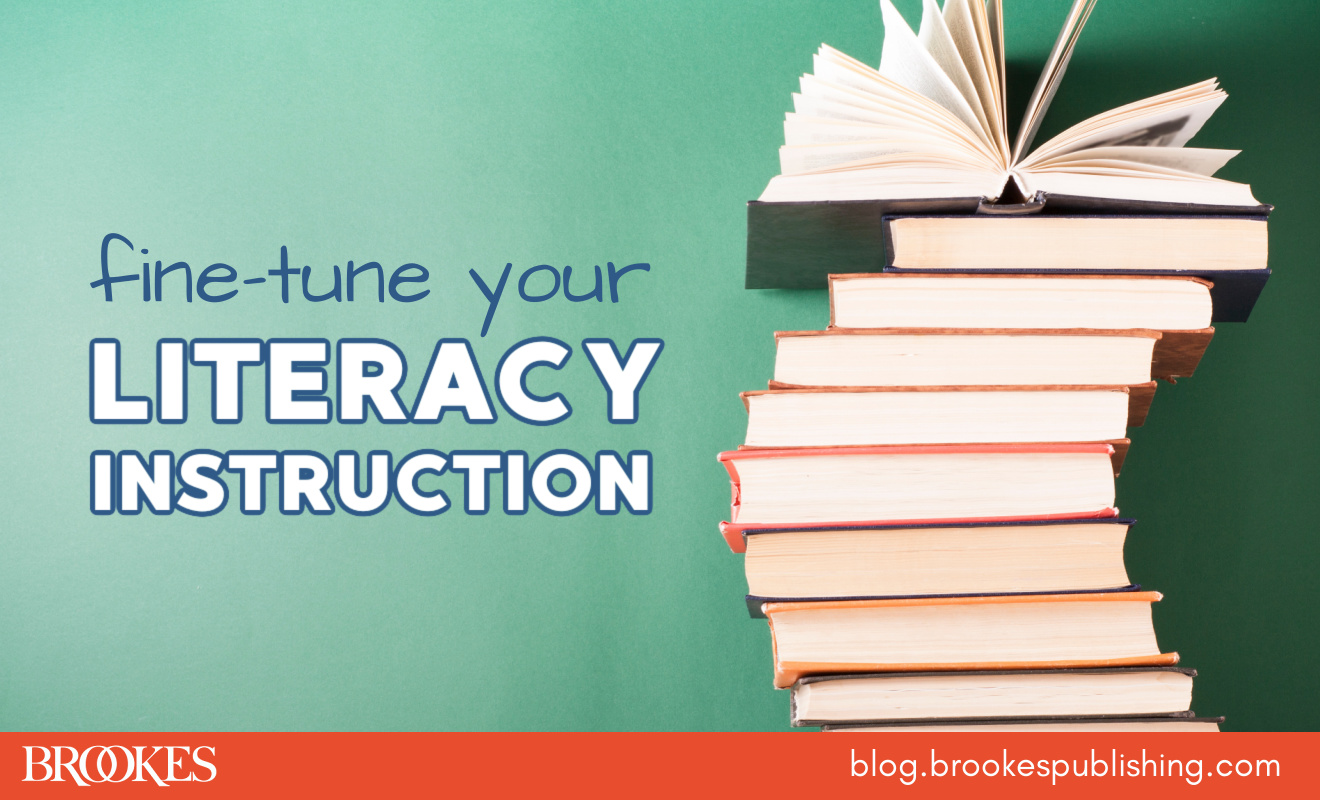
Write a Comment
Your email address will not be published. Required fields are marked *
Post a Comment